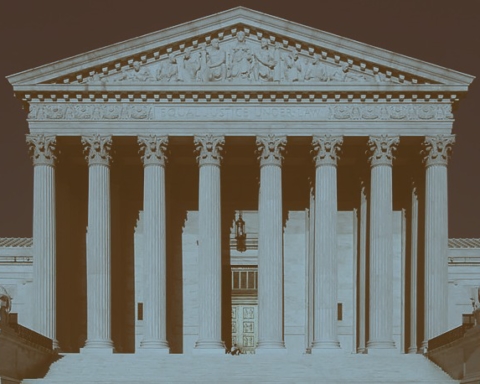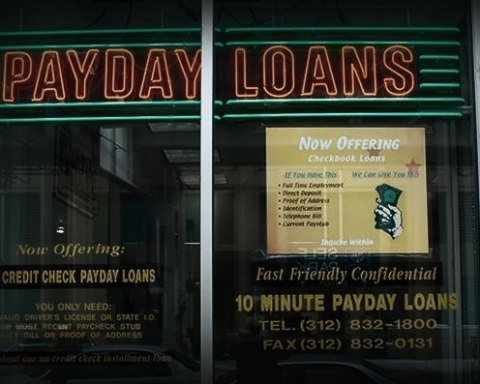The Federal Reserve on Monday finalized a rule aimed at stopping it from choosing which troubled financial firms it rescues in a time of crisis.
Fed chair Janet Yellen said the regulations will help prevent the type of massive, individually-assembled central bank bailouts that Dodd-Frank financial reform sought to ban.
“Together, these limitations are designed to ensure that emergency credit programs and facilities are established only to fulfill the central bank’s role as lender of last resort to the financial system and not as a lender to troubled firms seeking to avoid resolution or failure. bailing out crashing financial firms as it had in 2008,” Yellen stated.
“The Dodd-Frank Act amendments eliminated the authority to lend for the purpose of aiding a failing firm or preventing a firm from entering bankruptcy or another resolution process, such as was done with loans to Bear Stearns and AIG,” she added. Dodd-Frank was passed by Congress and signed into law by President Obama in 2010.
The Fed would still be able to help firms in turbulent times, but through “broad-based” assistance with more stringent guidelines to minimize the chances of government aid going to insolvent companies.
In 2008, it had offered emergency credit lines to AIG, Bear Stearns, Citigroup and Bank of America. The first two of the “too big to fail firms” no longer exist as independent entities. That same year, when the Fed decided against lending a hand to Lehman Brothers, markets rapidly lost confidence in an already crumbling global economy and worldwide financial panic ensued.
The Fed’s definition of “broad-based” was disputed in Washington as the final emergency facility rule was being formulated. It had, at one point, stipulated that rescue vehicles could be established for only two firms.
In an August 2014 letter, Democratic and Republican lawmakers, led by Sens. Elizabeth Warren (D-Mass.) and David Vitter (R-La.), called the criteria “narrow” and said it “still permits emergency lending that is plainly intended to help a handful of financial institutions or a particular industry.”
In May, Warren and Vitter called for emergency loans to only be made available to no less than five firms—what the threshold is under the completed regulation.
The legislators had called for the bar to be raised in a bill that proposes tougher congressional oversight of the Fed.
“It’s no secret that Too Big to Fail is still around,” Vitter said. “If another financial crisis happened tomorrow–and that’s still a real risk–nobody doubts that megabanks would be calling on the federal government to bail them out again.”






